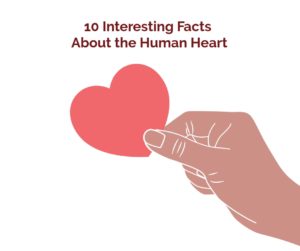Experiencing heart palpitations can be a very frightening experience. Palpitations have been described as feeling like the heart is fluttering, beating too fast, too hard, or like you are skipping a beat.
Palpitations are often benign. In most instances they may be caused by::
- Too much stress
- Too much anxiety
- Too much vigorous activity
- Too much caffeine
- Too much alcohol
- Too much nicotine
- Thyroid disease
- Anemia
- Pregnancy
- Depression
- High fever
- Taking too much of certain types of medications such as stimulants found in cold and cough medications , asthma inhalers, and some herbal supplements.
However, there are other situations in which they can indicate the presence of a very serious problem, like a heart attack or a stroke.
Sometimes heart palpitations can be due to heart disease, especially in people who have had prior heart attacks, have heart valve problems, heart muscle problems, and coronary artery disease. When palpitations are accompanied by chest pain, fainting, shortness of breath, or dizziness, it is important to seek emergency care right away.
There are a few tests that your doctor may order to find the cause of the palpitations. These include blood tests, EKG, Holter Monitoring, chest x-ray, and an echocardiogram.
Depending on the cause, you may be able to reduce the risk of palpitations by limiting stress, the consumption of nicotine, alcohol or caffeine. Medications such as beta-blockers and calcium channel blockers can also be helpful.
Speak to your physician if you are experiencing palpitations to see if they can understand why this is occurring. You may also schedule an appointment with a physician at Flushing Hospital Medical Center by calling
All content of this newsletter is intended for general information purposes only and is not intended or implied to be a substitute for professional medical advice, diagnosis or treatment. Please consult a medical professional before adopting any of the suggestions on this page. You must never disregard professional medical advice or delay seeking medical treatment based upon any content of this newsletter. PROMPTLY CONSULT YOUR PHYSICIAN OR CALL 911 IF YOU BELIEVE YOU HAVE A MEDICAL EMERGENCY.




